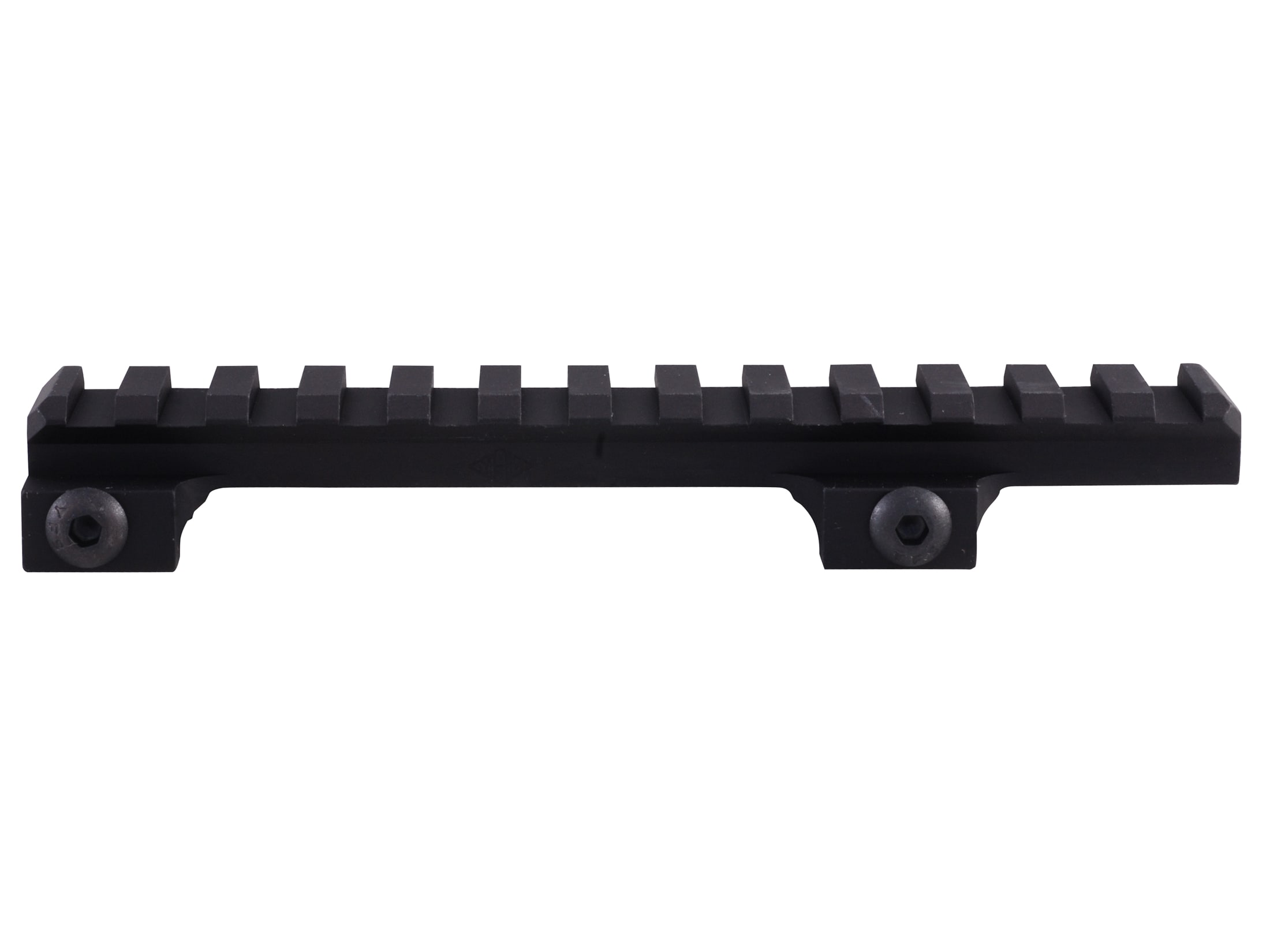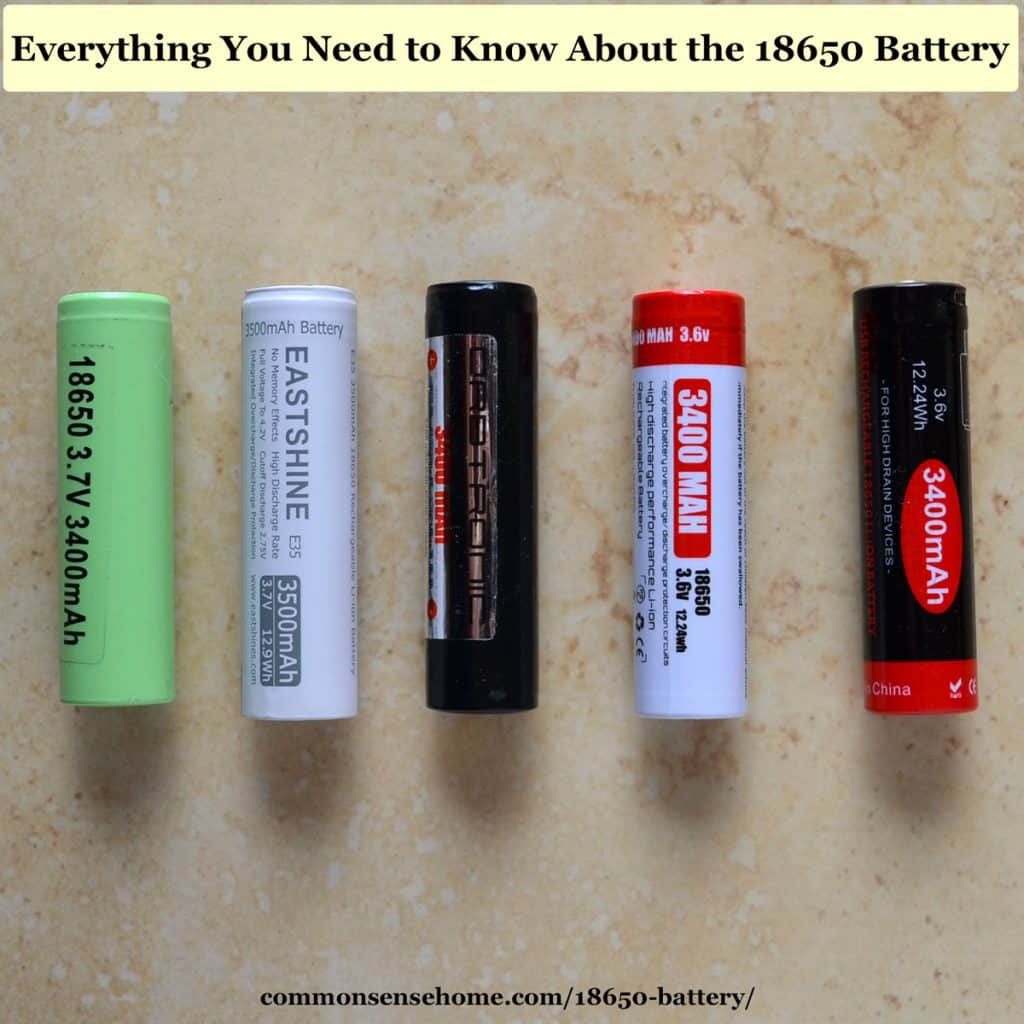Does anyone know the if the reticles have defined distances betweeen the has marks?
I took the Burris BTS 50 to the range to get it and the rifle zeroed in.
Before I get into that, I discovered that without a riser on the AR-15, the scope is a little low. So, I purchased a YHM riser from Midway:
The Yankee Hill Machine Picatinny-Style Riser Mount was designed with strength and rigidity in mind. It raisies the mounting surface of a Picatinny...

www.midwayusa.com
With part of the riser overhanging the rear of the receiver I was able to mount the scope for the proper height and bring it rearward for a better eye relief. I found that the scope was easier to look through with minimal contortion of the neck in prone, sitting, sitting at the bench and standing. When I was prone, I used the weapon mounted bipod. Unless I was at the bench, I used the Primos Gen 3 Trigger Sticks to rest the rifle on as I would in the field.
I used the toe warmers for a targeted heat source as there was not suitable solar heating available for any metallic tape. I think a smaller heat source would have helped me with getting better precision out of the rifle. Nevertheless, I was able to get nothing worse than ¾ “groups at one hundred yards.
So, I will not complain about the precision of the rifle / thermal combination.
What I did have problems with as an accurate zero. The OEM instructions and videos are reliable except for a couple of things.
1) The windage and elevation adjustments seem a little too coarse. If my groups were a little off on windage or elevation, I would move the cross hairs in the zeroing mode to make the appropriate correction. When I fired the next group, it was off too far in the other direction. Regardless, I am not so proud to admit that there might have been error on my part.
2) I would like to know what value each click on the windage, and elevation adjustments is worth. I could look through the scope and see how far off I was but have no way of knowing if I put in the correct amount of windage and elevation adjustment.
After all my shooting at the paper was done, I removed the toe warmers and stuck them in a soup can at one hundred yards. When I looked through the scope, it looked like the can was glowing. There was also a round four-inch polymer target that emitted some heat as well.
With a few extra rounds, I managed to hit the soup can and the polymer target several times while shooting standing, off the trigger sticks. So, my zero seems adequate for coyotes and that distance and a little beyond.
Now for the part that I really wondered about and that was the holdover value with the different reticles. I was only interested in the reticles with enough dots or indices to get me a good way to holdover for distances outside the 100-yard range that I zeroed the scope in.
BTW, the manual and the scope say to zero the scope in at 25, 50 or 100 meters. 100 yards was the furthest I could sight the rifle in. I figured that was close enough.
If you want to use a visual aid to augment my explanation of each reticle, I suggest that you go to:
Go to pages 10 and 11 to look at the reticle that I will be explaining.
Before I explain the values of the dots / indices, I should explain the methodology used for arriving at the values for those sub-tensions.
Burris says that their reticles are graduated in MILs. A MIL is 3.6 inches at one hundred yards (3600 inches). So, thirty-six inches is 10 MILs at one hundred yards. I stuck a heated toe pad at the top of the target and from the top edge, I measured down thirty-six inches. Then I stuck another toe pad at the bottom of the paper with the bottom edge at 36 inches.
For each reticle, I placed the cross hairs or center dot at the top edge of the top toe pad and looked for where the bottom edge of the bottom toe pad lined up. That would give me a value of 10 MILs in the scope.
Before I go any further, everyone will be glad to know that with an increase in magnification you will be looking through a First Focal Plane thermal scope!!! Now on to further details.
Reticle #2: Every index is worth
one MIL. I cannot emphasize this enough; EVERY hash mark is worth one MIL. You will see a half-size hash mark between every larger hash mark. Normally, you would think the smaller hash mark would be worth ½ MIL, but IT IS WORTH ONLY
ONE MIL.
I say that because I counted ten hash marks from the top heating pad to the bottom one. I know this is weird and why Burris did that, I will never know but I am only reporting my observations.
So, from the cross hairs to the bottom duplex the total value is 13 MILs. Yes, you read that correctly. Take a look at the diagram on page 10 and you will notice a total of 12 hash marks (6 little hash marks and 6 big hash marks.) That makes 12 MILs plus the bottom duplex gives you 13 MILs.
Reticle #4: From the center dot to the bottom duplex the displacement came up to thirty-six inches as indicated by the bracketed heating pads. So, each dot is worth
2 MILs. That’s
TWO MILs! The fourth dot below the center dot is 8 MILs and the bottom duplex makes it 10 MILs.
Reticle #6: There are a total of ten dots below the center dot. Yet only five dots show a displacement of thirty-six inches or 10 MILs. So, each dot is worth
2 MILs. The very bottom dot at the bottom of the scope is 20 MILs. That’s good news if you want to shoot really long distances.
My AR-15 shooting Hornady 55 grain V-max bullets gives me a range of about 720 yards at 10 MILs. I do not think I will be able to identify a target with only a thermal signature at that distance. I am afraid I might have to settle on shooting three hundred yards or less.
Perhaps some folks on this thread that have experience with the Burris thermal can give us some insight on the maximum range capability of this scope.
Reticle #8: I forgot to write down my observations for this reticle.
If I recall correctly, each index might be equal to 2 MILs. Don’t take my word for it. Validate this for yourself instead of going by my memory.
Edit on 11/25/21: I looked through the scope this morning but wasn't able to set up a 36 inch line at 100 yards. I recall now, why I didn't write anything down about this reticle. The displacement between each hash mark is really large. I think the gaps between the indices are so large that it would be worthless to apply any meaningful holdover. Sorry for any confusion.
Reticle #9: Each index is equal to
2 MILs. From the cross hairs to the bottom duplex the displacement is equal to 10 MILs.
Reticle #10: Every hash mark (small and large) is worth 2 MILs. There are a total of eight hash marks below the center cross hairs for a total displacement of 16 MILs. Adding the displacement of the bottom duplex and you get a total of 18 MILs.
I hope that all that made sense. I could not decide on which reticle was my favorite. I did try the PIP feature with the inset at the top. I need to get use to that feature as I have spent too much time looking through daylight scopes. So, I do not know if I will use it or not.
I do like the fact that this is a FFP thermal scope. So if I want to dial up the magnification on a longer shot and know my holdover, I have a little more confidence in hitting the target. At my elevation and a 40-degree temperature I can expect a 1 MIL holdover for 265 yards and 2 MILs for 355 yards. I cannot see myself shooting past three hundred yards anyway.
I also played around with the stadia-metric range finder. I really like that feature. So please correct me if I am wrong but an average coyote stands 21-24 inches at the shoulder. Just by looking at some photos I would calculate the displacement of the back to the chest to be about ten inches or .25 meters. So, placing the back of the coyote on the top line and the chest on the bottom line should give us a good idea of how far away the doggy is at.
One other thought that I will leave you with is that I might have bought the BTS 35 with the wider angle instead of the BTS 50. The extra magnification is nice but does not help with close and fast-moving animals at night.
Optics planet has another sale on. So I might get the BTS 35 to mount on an AR-15 22LR or an air rifle for small game or night rat hunting.
One other important matter that I must mention is that the range that I shoot at has a cemetery on the other side of the road. We're in a rural area with very little traffic at night. After I turn off all of the range lights before leaving, it does get a little creepy.
I was tempted to look through the scope into the cemetery but was afraid of what I might see! If any of you decide to peek into cemeteries at night let us know the results.



